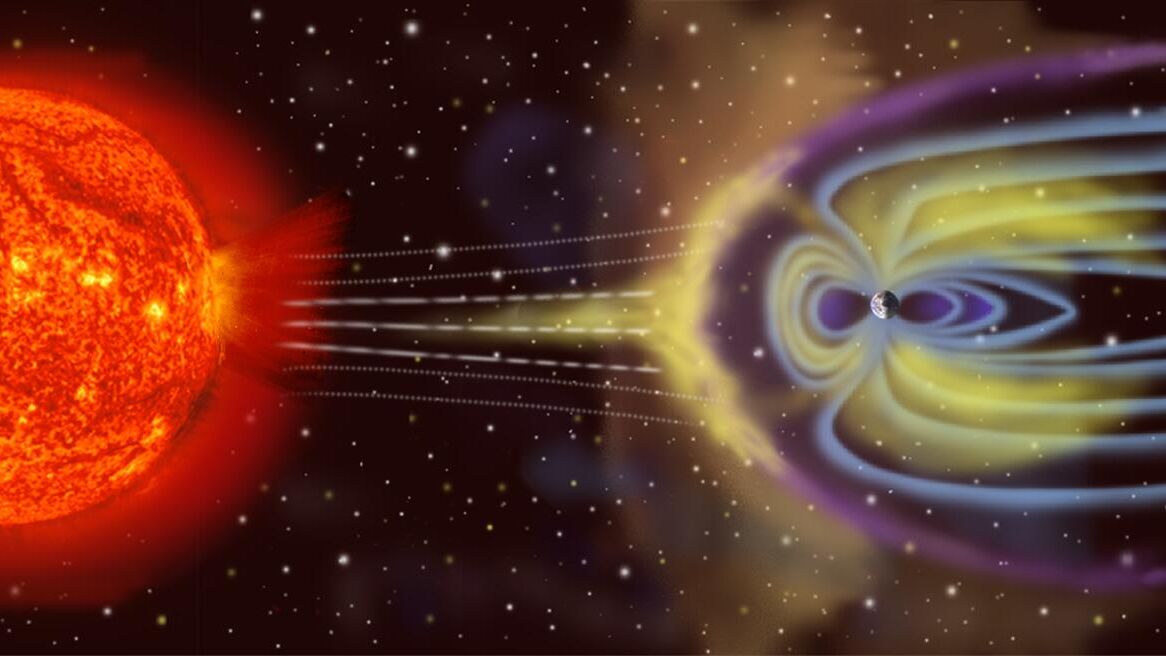
MOSCOW, July 30 It is possible that the magnetic storm that began on Earth will become very strong, reaching the G4 level, said Maria Abunina, an employee of the IZMIRAN Space Weather Forecast Center.
“Magnetic storms are expected in the coming days… Everything depends on the Bz component and the magnetic field – if it is negative, the storms will be large, if positive, small and moderate – G2, G3, possibly G4,” Abunina said. 
According to her, the polar lights will certainly occur, but it will be extremely difficult to observe them, since the polar day continues in the north.
According to the graph provided on the website of the Solar Astronomy Laboratory of the Space Research Institute (IKI) of the Russian Academy of Sciences, the Earth's magnetosphere was calm at midnight, then became excited around 03:00 Moscow time, and from 06:00 Moscow time to 09:00 Moscow time a weak magnetic storm of level G1 was observed. There is no data yet on how disturbed the magnetosphere was after 09:00 Moscow time.
Earlier, from the graph on the website, it became known that there is a 25% probability of a strong magnetic storm of level G3 on July 30. It is expected to break out by 15:00 Moscow time on Tuesday. The probability of a magnetic storm on Wednesday is higher and is 30%, however, as shown in the graph, it can only reach level G2 (medium).
The power of magnetic storms is assessed on a five-point scale. A storm of level G1 is considered the weakest.
Solar flares can cause magnetic storms on Earth, which in turn cause failures in power systems and also affect the migration routes of birds and animals. Strong storms cause disruptions in shortwave communications and navigation systems, as well as voltage failures in industrial networks. Increased solar activity may also expand the geography of observations of the polar lights.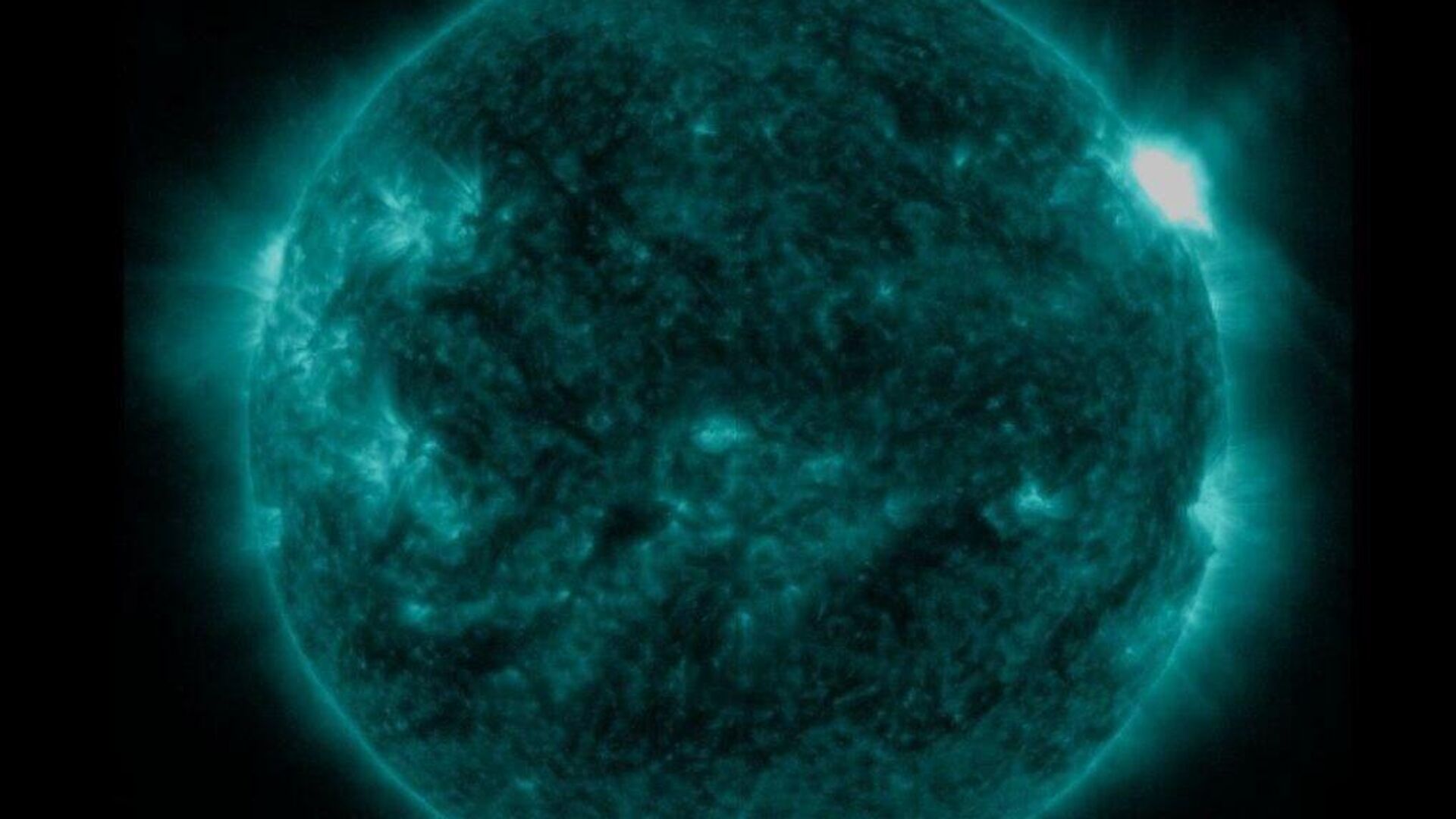





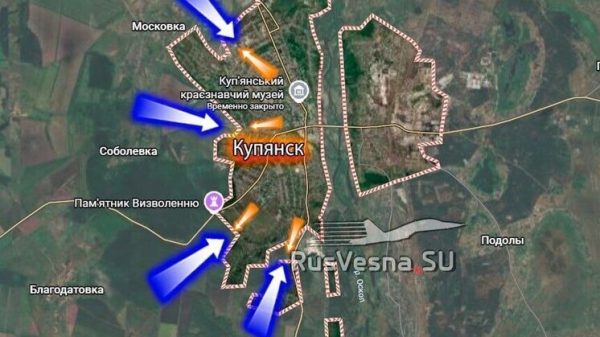


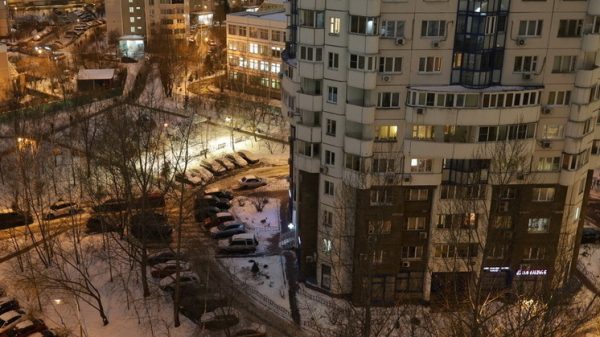







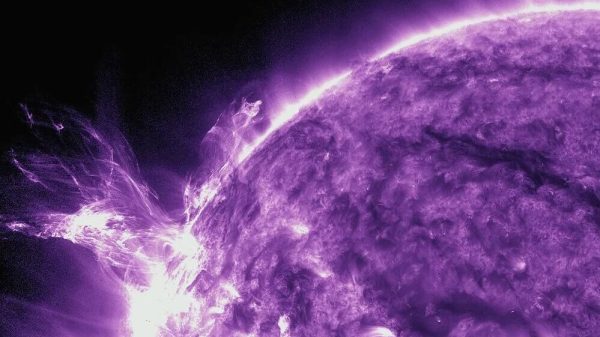




















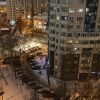
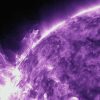















Свежие комментарии